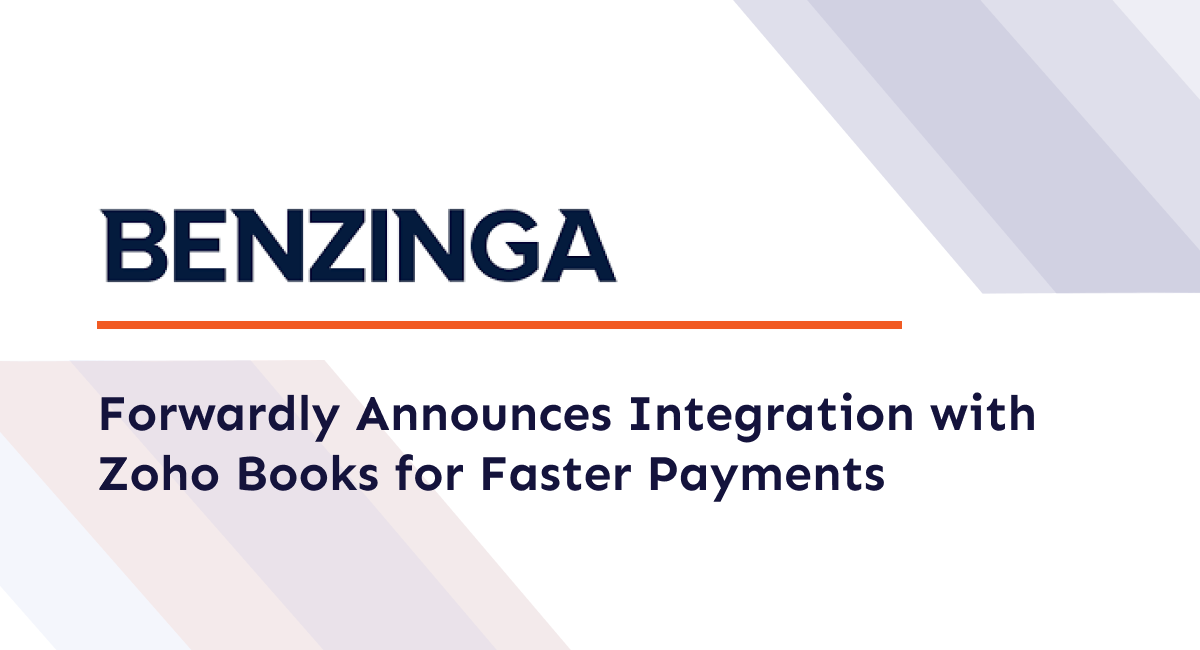Originally Published on Entrepreneur.
Small businesses continue to bear the financial strain of outdated payment methods with slow payment methods. Not only have hidden costs but also trigger a domino effect of payment delays that impact cash flow, growth and financial health.
Opinions expressed by Entrepreneur contributors are their own.
Legacy payment processes might be the silent drain on your profits you’ve never noticed. With over 70 countries supporting real-time payments and a staggering $195 billion in transaction volume in 2022, it’s alarming why many small businesses still cling to outdated legacy payment solutions.
Grappling with the burdens of outdated payment methods is normal for small businesses, even though they come with hidden costs and delays and impact the business’s bottom line, posing risks to future growth. 9 in 10 companies (94%) reported in a survey are investing in digital technologies in at least one area of payments and finance, and 87% are planning to invest in the future. The shift to instant payments isn’t merely an option for business leaders. It’s imperative.
High fees and low rewards for checks, ACH and credit cards
Old-school payment methods aren’t just about dollars and cents — they carry a tale of hidden costs. The opportunity cost of delayed funds and poor cash flow management can directly impact a business’s growth and financial health. We’ve seen this time and time again, especially during the pandemic. Understanding the reality and the financial implications of sticking with traditional payment methods might cost you more than you think.
Checks: They incur material and postage costs and demand manual processing and reconciliation. Processing a business check can cost $4 to $20 and can eat into your profit margins. They also pose a risk for errors and fraud, and maintaining proper documentation can be tedious and error-prone.
Credit Cards: While convenient, credit cards carry processing fees (2-3.5%), and the risk of chargebacks can unpredictably hit a small business’s bottom line. Push payment may be immediate, but settlement could take days.
ACH (Automated Clearing House): Common questions like “How long do ACH transfers take?” highlight one of businesses’ biggest pain points. ACH payment processing times can disrupt effective cash flow management, especially when businesses seek faster options like same-day ACH. With ACH, money is inaccessible after hours and on weekends.
Unraveling the domino effect of payment delays
One potential nightmare scenario is familiar to most accountants and small businesses when accepting payments via check. First, it takes days for the check to be mailed or sent, processed and deposited. Once in the bank, clearing and manually reconciling the incoming payment with the books takes several more days. While waiting, the opportunity for bills to pile up and late fees to grow rises. And worst of all, if the check does bounce, it’s back to square one. You’ll be chasing the payer to repeat the process all over again and now with a widening cashflow gap. This domino effect highlights just how easily a single delayed payment can jeopardize a small business’s financial stability.
Read more on Entrepreneur.
 Back to Blog
Back to Blog


